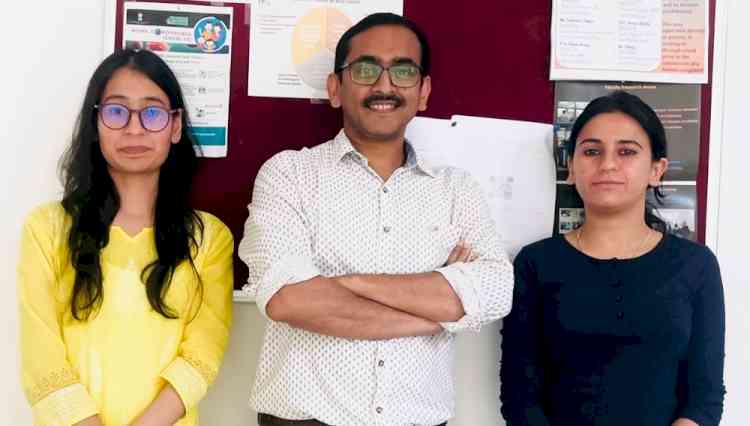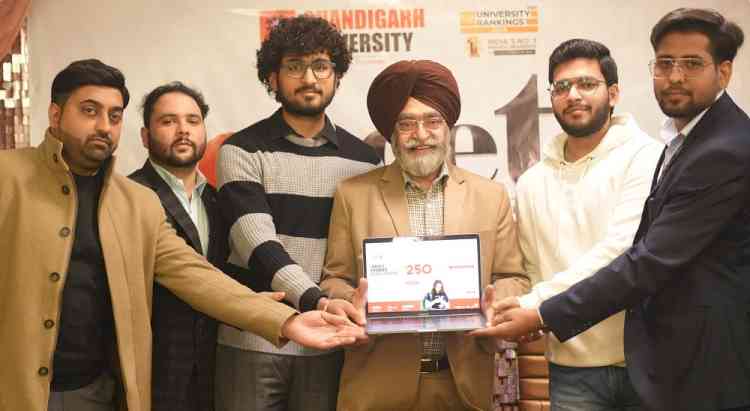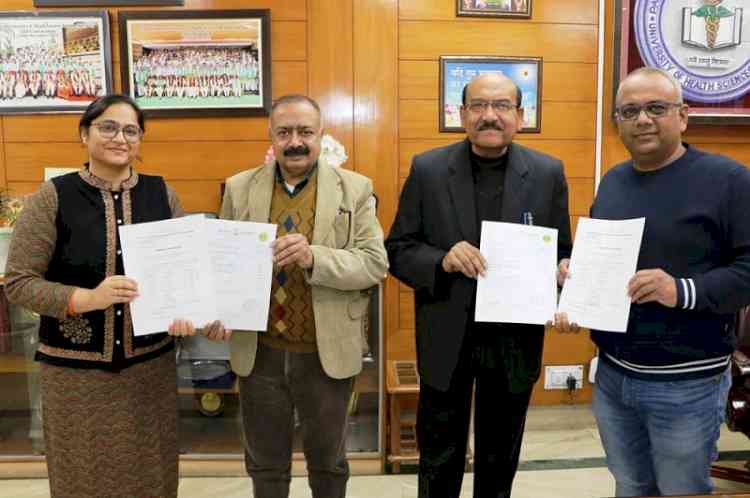IIT Mandi researchers discover a biochemical link between fatty liver disease and Type 2 Diabetes
The findings offer new diagnostic and therapeutic tools for fatty-liver induced diabetes

Dharamsala, September 6, 2022: Researchers at the Indian Institute of Technology Mandi, have unravelled the biochemical relationship between fatty liver disease and Type 2 Diabetes Mellitus (T2DM). This understanding enables newer techniques to diagnose the risk of Diabetes among people with Non-Alcoholic Fatty Liver Disease (NAFLD). The findings of this research also offer new therapeutic pathways to control or even reverse fatty liver-induced diabetes.
The findings of the research have been published in the Journal Diabetes. The paper has been authored by Dr. Prosenjit Mondal, Associate Professor, School of Biosciences and Bioengineeringalong with his scholars Surbhi Dogra, Priya Rawat, Dr. P Vineeth Daniel and in collaboration with Partha Chakrabarti from CSIR-Indian Institute of Chemical Biology, Kolkata, Dr. Debajyoti Das, Sujay K. Maity, Avishek Paul along with Dr. Dr. Kausik Das, and Dr. Souveek Mitra from IPGMER and SSKM Hospital, Kolkata.
Explaining the significance of the research, Dr Prosenjit Mondal, IIT Mandi, said, “NAFLD is an independent predictor of insulin resistance and T2DM. However, how NAFLD affects the insulin-releasing pancreatic β-cell function was not fully understood. We aimed at finding the relationship between β-cells failure and the accumulation of liver fat produced from carbohydrates in a process called de novo lipogenesis.”
The multi-institutional research team analyzed blood samples extracted from fat-fed mice and human NAFLD patients. Both samples had high amounts of a calcium-binding protein termed S100A6. This protein is released by the fatty liver and serves as a communication link between the liver and the pancreas. S100A6 adversely affects the insulin secretion ability of the β-cells, thereby resulting in or exacerbating existing T2DM. At a biochemical level, S100A6 was found to inhibit insulin secretion by activating the Receptor for Advanced Glycation End product (RAGE) on pancreatic beta-cells.
Elaborating on the critical work, Surbhi Dogra, IIT Mandi, said, “Another important observation from our research was that the depletion of S100A6 improves insulin secretion and the regulation of blood glucose in mice, which suggests that S100A6 contributes to the pathophysiology of diabetes in NAFLD.”
This study by the IIT Mandi team and its research partners is important on many counts. At a scientific level, it presents the molecular and cellular events associated with S100A6 secretion in fatty liver, and its adverse impact on β-cell insulin release. From a practical, diagnostic angle, it shows that elevated levels of S100A6 in the blood may serve as a biomarker to identify risks of T2DM among NAFLD patients.


 Arvind Sharma
Arvind Sharma 










